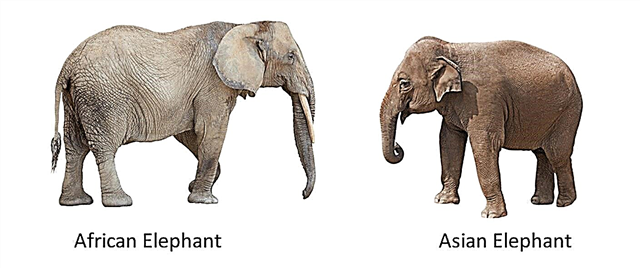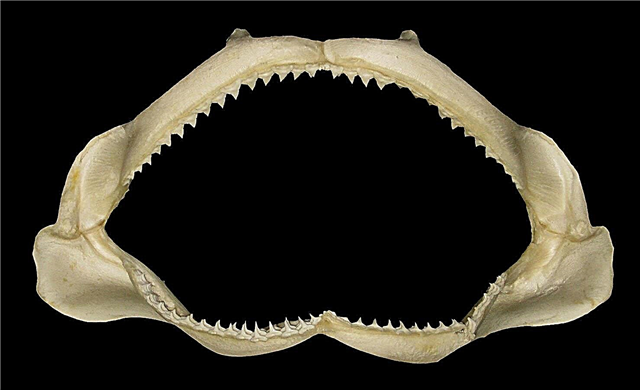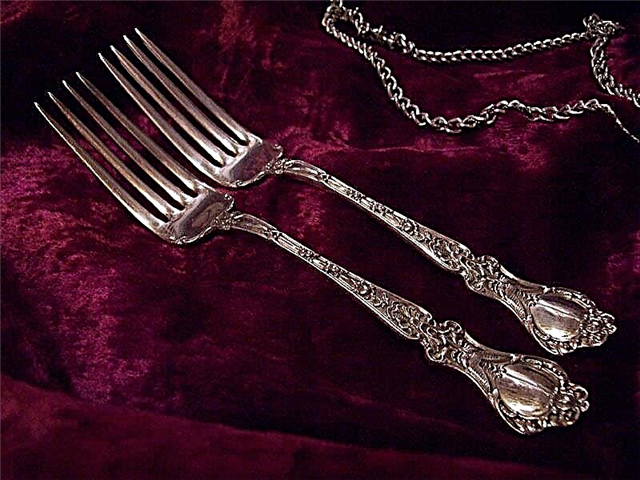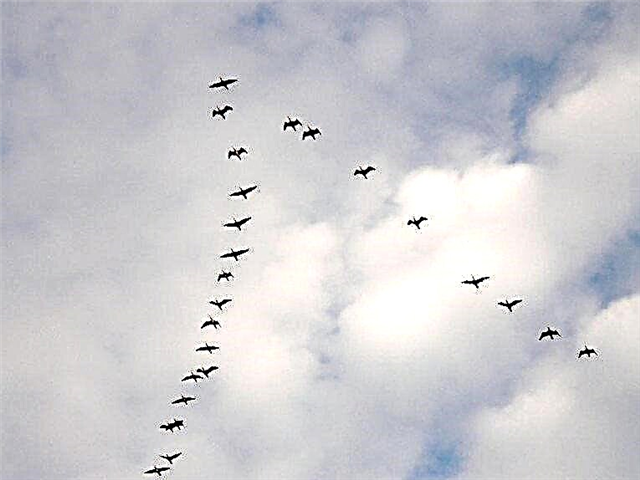
Surely everyone knows the abbreviation SOS. “Save our souls” is a common transcript of this signal, but is it?
History of occurrence and decoding
Until the twentieth century, ships used CQD - the distress code of the time. It was only in 1906 that the international SOS signal was offered in wireless telegraphy. A special article was signed in Berlin on February 7 this year.
In accordance with it, ships that are wrecked should use a wireless telegraph to signal "... - ...". In this case, the signal should be repeated at short intervals.

Until the usual signal appeared, almost every country had its own warning signs. And before the radio was invented, sailors used audio signals or visually attracted attention - they used bells, flags, signal lights, etc. Then, radio station manufacturers began to offer and use their own combinations of distress codes: SOE, CQD, NC.
At the International Radio Telegraph Conference, which was held in 1906 in Germany, representatives of 29 countries were gathered. They cast their vote for the SOS distress call. Why was it impossible to use the CQD signal further?
It's simple - SOS is shorter and easier for auditory perception. Moreover, it could not be confused with the CQ signal, which had a very different purpose (for example, an invitation to conduct a communication session).
Interesting fact: The SOS signal lasted for almost a century, and only in 1999 the International Maritime Organization replaced it with GMDSS, which is an automatic warning system.
Contrary to popular belief, SOS is not deciphered as “Save Our Ship” or “Save Our Souls”. The combination of letters is random, and it is chosen in order to easily recognize a signal by ear. It is also quickly remembered.
The first cases of using SOS
Many believe that the very first use of an SOS distress signal is the Titanic. In fact, this is not true and this case is approximately the eighth.
There is also another statement - the SOS signal was given by the steamer Slavonia, which crashed in 1909 near the Azores. However, by that time, the CQD code was still in use.
The most probable first application of SOS happened in the same 1909, when on August 11 the ship “Arapaoe” lost its course. The ship lost track and began to drift towards Jacksonville. The signal was received in a timely manner and the ship was saved.
Interesting fact: SOS is not used in voice communication. Instead, the word “Mayday” is sent as a signal.
In 1910, the ship "Kentucky", located near the cape of Virginia Cape, got a hole and a leak. The distress signal was transmitted, and it was received by the ship "Alamo", which later rendered assistance.
In 1911, a collision of two ships occurred in the United States in Virginia. Before one of them sank, SOS was served, which saved the people of the drowning ship.
In 1911, the Niobey cruiser, owned by Canada, collided with the shore due to heavy fog and also gave a distress signal.
On December 3 of the same year, two vessels collided near Virginia - the Dorothy steamer and the Sterling war coal miner.The captain of the coal miner transmitted a signal, but nevertheless he was able to save the ship, putting it aground. SOS fixed several ships.
The SOS signal came from the Ontario ship, which in 1912 was heading to Boston from Baltimore. A fire occurred along the way. Boats and tugs responded to the code.
SOS distress signal, contrary to popular belief, does not have a specific decryption. Despite the fact that the signal has been replaced by GMDSS, it is still used in critical situations - everyone knows about SOS.












